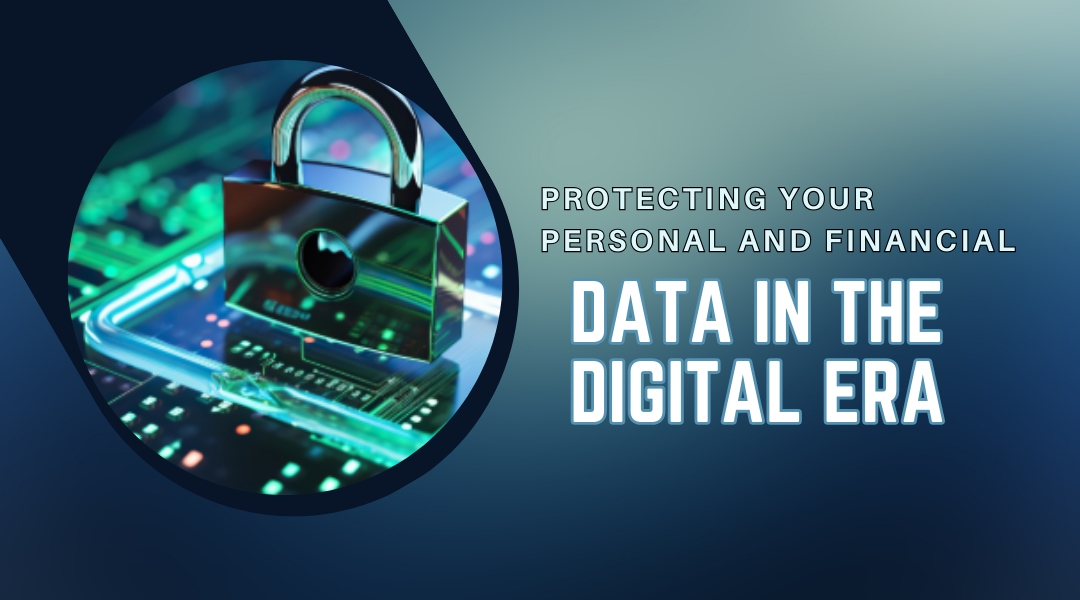In today’s hyper-connected world, keeping your personal and financial information safe isn’t just smart—it’s essential. With online banking, shopping, and cloud services being part of everyday life, cybercriminals are constantly finding new ways to trick people. This guide will help you spot scams, make secure transactions, and keep your identity safe in an always-online world.
Spotting Online Scams Before They Trap You
Cybercriminals love playing mind games. They trick people into giving up sensitive details by creating panic or urgency. Knowing their tactics can save you from becoming their next victim.
1. Phishing Emails & Fake Messages
Scammers pretend to be banks, government agencies, or popular services, sending urgent messages to steal your info.
Watch for:
- Generic greetings like “Dear User” instead of your name.
- Messages pressuring you to act immediately (“Your account will be locked!”).
- Slightly misspelled email addresses (e.g., “[email protected]“).
- Unexpected links or attachments.
What to do? Don’t click. Instead, contact the company directly through their official website or phone number.
2. Fake Tech Support Scams
You get a sudden pop-up or call claiming your device is infected. They’ll offer to “fix” it—for a fee or remote access.
Red flags:
- Unsolicited warnings about viruses or hacking.
- Demands for payment via gift cards or cryptocurrency.
- Requests to download remote access software.
Smart move: Real tech companies won’t call you out of the blue. If you’re worried, contact support yourself.
3. Too-Good-to-Be-True Shopping Scams
Fake websites lure shoppers with unbelievable discounts—only to steal payment details or send junk.
Warning signs:
- Prices way lower than anywhere else.
- No customer reviews or return policy.
- Website URL starts with “HTTP” instead of “HTTPS.”
Play it safe: Stick to trusted sellers and use payment methods with fraud protection.
4. “Get Rich Quick” Investment Traps
Scammers promise huge returns on crypto, stocks, or forex—with zero risk.
How to spot them:
- “Guaranteed” profits with no possible loss.
- Pressure to invest immediately.
- No verifiable company details or licenses.
Protect yourself: Always check with a licensed financial advisor before investing.
Smart Habits for Safe Online Transactions
Digital payments are convenient but risky if you’re careless. Follow these steps to keep your money safe.
- Never Use Public Wi-Fi for Banking – Hackers can intercept your data. If you must, use a VPN.
- Turn on Transaction Alerts – Get instant notifications for any account activity.
- Use Strong, Unique Passwords – A password manager helps keep track without reusing the same one.
- Avoid Saving Card Details – Manually enter payment info instead of storing it in browsers.
- Stick to Secure Payment Methods – Credit cards and PayPal offer better fraud protection than wire transfers.
- Enable Two-Factor Authentication (2FA) – Adds an extra security step beyond just a password.
Keeping Your Digital Identity Private
Your online identity is more than just passwords—it’s your personal data, habits, and even location. Here’s how to lock it down.
- Shred Sensitive Documents – Old bills, bank statements, and IDs can be used for identity theft.
- Lock Your Devices – Use PINs, fingerprints, or facial recognition. Encrypt your phone and laptop.
- Use a VPN on Public Wi-Fi – Prevents snoopers from seeing what you’re doing.
- Check Your Credit Reports – Helps catch fraud early.
- Try Identity Monitoring Services – Some tools alert you if your data appears in leaks.
- Be Careful What You Share Online – Posting vacation plans or personal details makes you an easy target.
Final Thoughts
Staying safe online isn’t about being paranoid—it’s about being cautious. Scammers get smarter every day, but so can you. By recognizing their tricks, securing your transactions, and protecting your identity, you’ll stay one step ahead. Make cybersecurity a habit, and you’ll navigate the digital world with confidence.
